Espresso, that tiny but mighty shot of concentrated coffee, is a staple for many caffeine aficionados. Its rich flavor, velvety body, and aromatic intensity make it a beloved choice. However, achieving the perfect espresso shot is an art that requires precision and understanding. One of the most common pitfalls in this art is over-extraction, a process that can turn your potentially delightful espresso into a bitter disappointment.
Over-extraction happens when too much of the coffee’s soluble compounds are dissolved, leading to an imbalance in flavor. Understanding the signs and causes of over-extraction is crucial for anyone looking to master the perfect espresso. Let’s dive into what is Over Extracted Coffee, how to identify it, and how to prevent it, ensuring every shot you pull is nothing short of perfection.
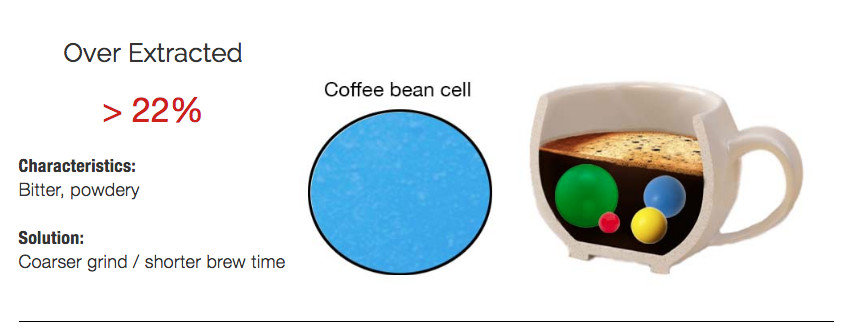
What is Espresso Over Extraction?
Over extraction in the context of espresso means that too much of the coffee’s compounds have been extracted during the brewing process. This usually happens when water is in contact with the coffee grounds for too long, or if the grind size is too fine, or the water temperature is too high. When coffee is over-extracted, it tends to taste bitter and harsh because excessive amounts of the coffee’s soluble compounds are dissolved, leading to an imbalance in flavor.
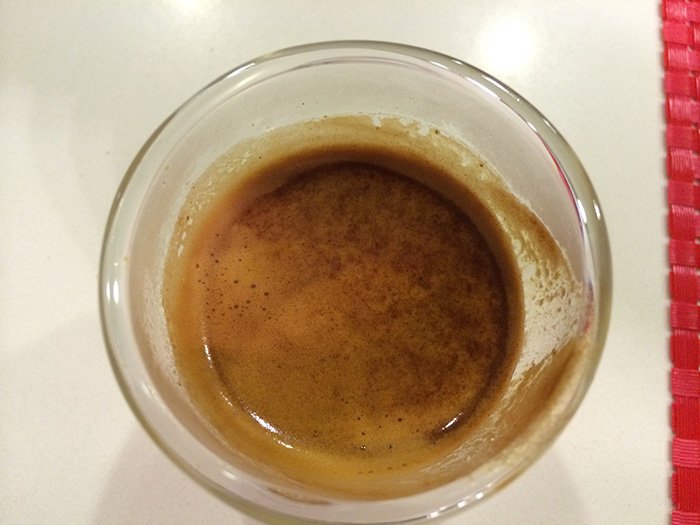
Signs of Over Extracted Coffee
- Bitterness: The most common sign of over-extracted coffee is a pronounced bitter taste. While some bitterness is a natural part of coffee, over-extracted coffee will have an overwhelming, unpleasant bitterness.
- Dry Mouthfeel: Over-extracted coffee often leaves a dry, astringent feeling in your mouth, similar to the sensation you get from strong black tea.
- Dark, Almost Burnt Taste: The coffee may taste overly dark and burnt, lacking the subtle flavors and complexity of a well-balanced espresso.
- Long Extraction Time: If your espresso shot takes significantly longer than the standard 25-30 seconds to pull, it could be a sign that the coffee is over-extracting.
- Thin Crema: The crema (the creamy, golden layer on top of an espresso) might be thin, dark, and less vibrant than it should be.
- Grainy Texture: Over-extracted espresso can sometimes have a gritty or grainy texture due to the prolonged contact with water breaking down the coffee grounds too much.
- High TDS (Total Dissolved Solids): If you measure the TDS of your coffee and find it to be excessively high, it’s a sign that too many soluble compounds have been extracted.
Causes of Over Extraction
- Fine Grind Size: Using too fine a grind increases the surface area of the coffee, causing faster extraction and often leading to bitterness.
- Prolonged Brew Time: Extended contact between water and coffee grounds extracts more bitter compounds. Aim for an extraction time around 25-30 seconds.
- High Water Temperature: Water temperatures above 94°C (201°F) can extract undesirable bitter compounds from the coffee.
- Too Much Coffee: Using an excessive amount of coffee can cause over-extraction due to increased resistance to water flow through the coffee puck.
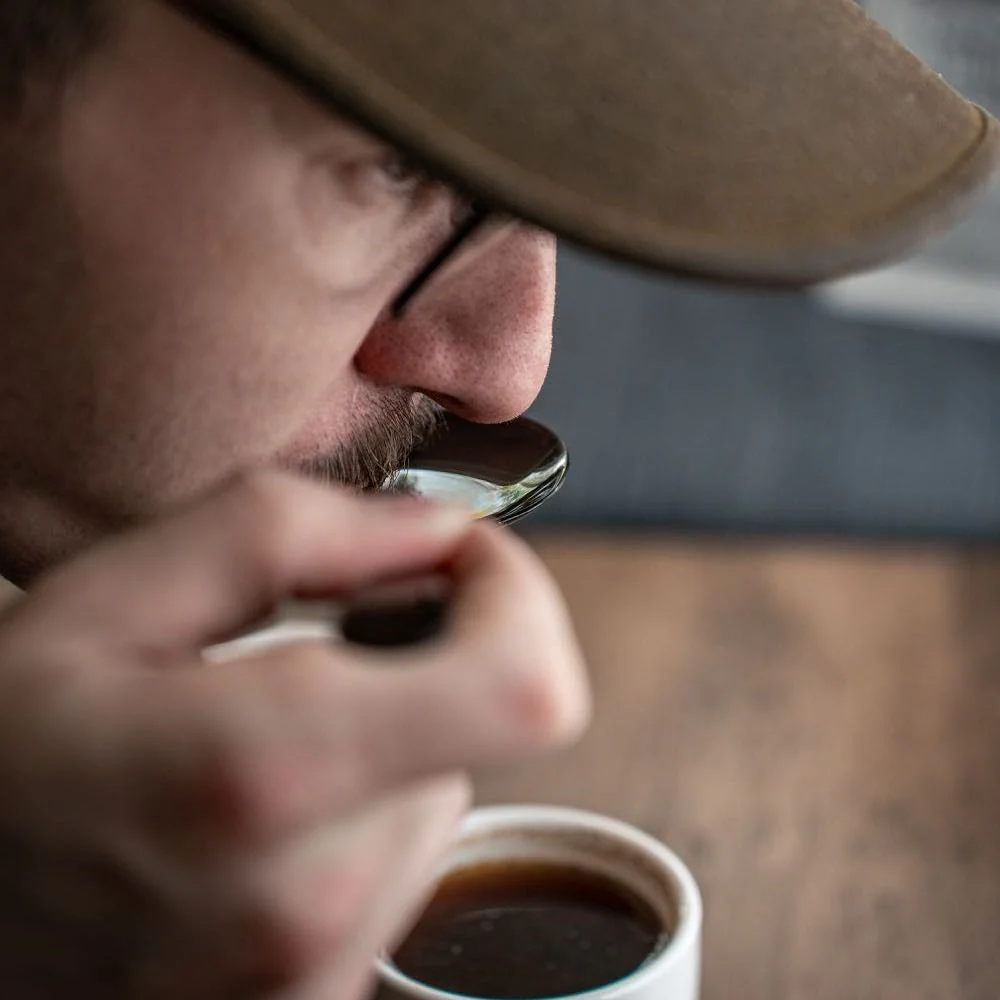
Preventing Over Extraction
- Adjust Grind Size: Use a coarser grind to reduce extraction time and bitterness. Experiment with different grind sizes to find the right balance.
- Control Brew Time: Aim for a brew time of 25-30 seconds. Shorten the brew time if your espresso is consistently bitter.
- Monitor Water Temperature: Keep water temperature between 88-94°C (190-201°F). Slight adjustments can significantly impact flavor.
- Use the Right Amount of Coffee: Stick to the recommended dose of 7-9 grams for a single shot or 14-18 grams for a double shot. Adjusting the coffee dose can help control the extraction.
- Regular Machine Maintenance: Ensure your espresso machine and grinder are clean and well-maintained. Dirty equipment can lead to inconsistent extractions and impact flavor.
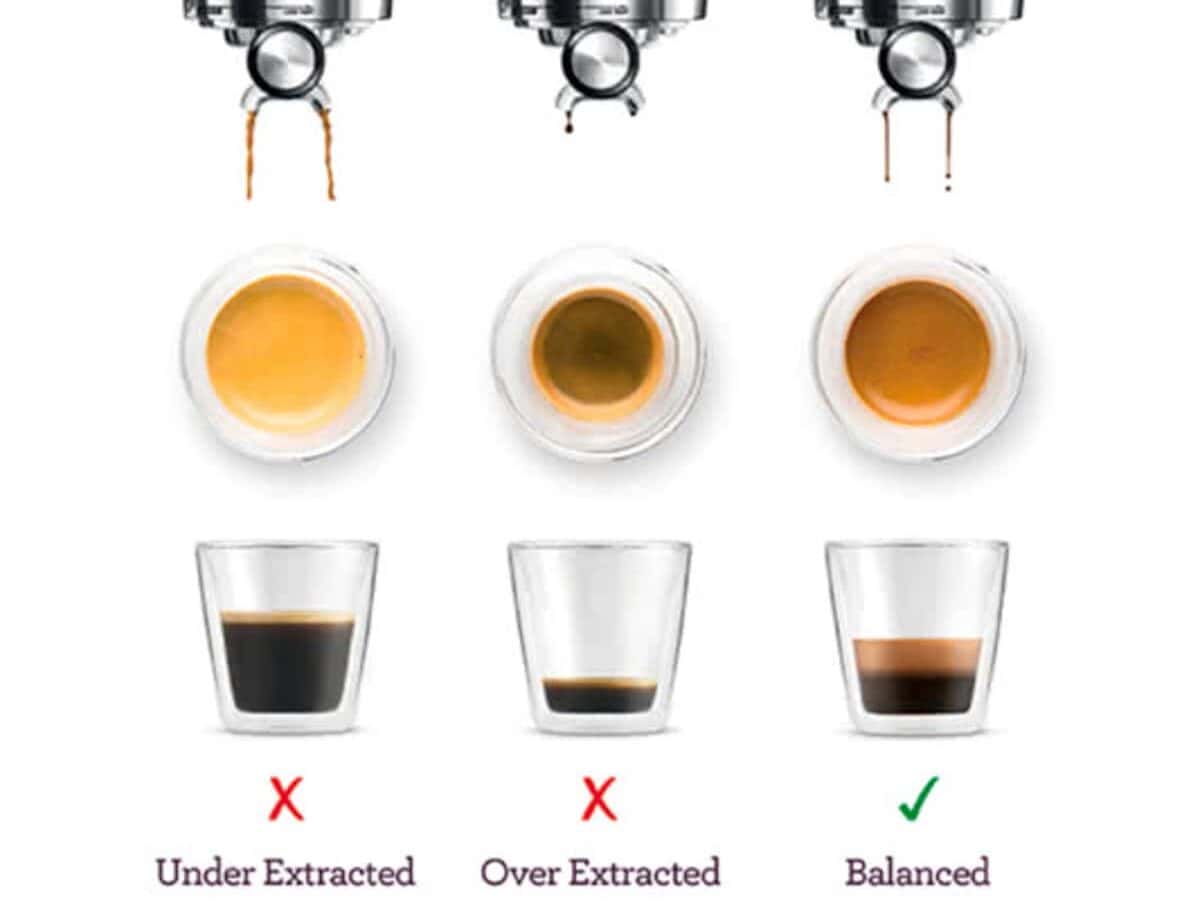
Credits to Bing Lee
Conclusion
Mastering the art of espresso requires a keen understanding of the extraction process. Over-extraction can easily ruin your shot, turning what should be a delightful experience into a bitter ordeal. By recognizing the signs of over-extraction and adjusting factors like grind size, brew time, water temperature, and coffee dose, you can ensure your espresso hits that perfect balance of flavors. Regular maintenance of your equipment also plays a crucial role in achieving consistently excellent results. With these tips in mind, you’re well on your way to pulling the perfect shot every time.
Disclosure: Our blog contains affiliate links to products. We may receive a commission for purchases made through these links. However, this does not impact our reviews and comparisons. We try our best to keep things fair and balanced, in order to help you make the best choice for you.

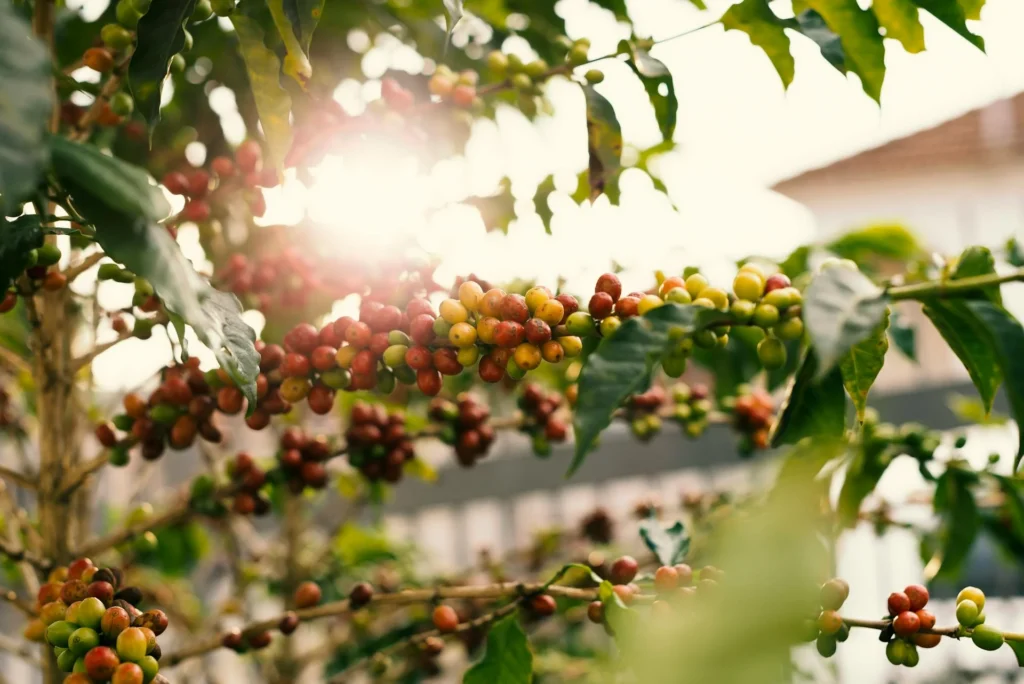
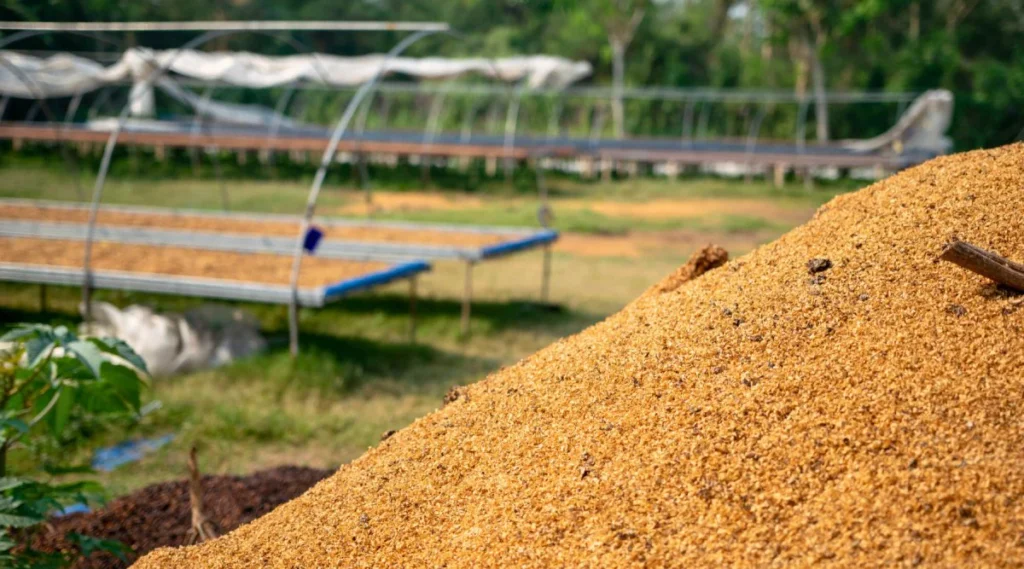
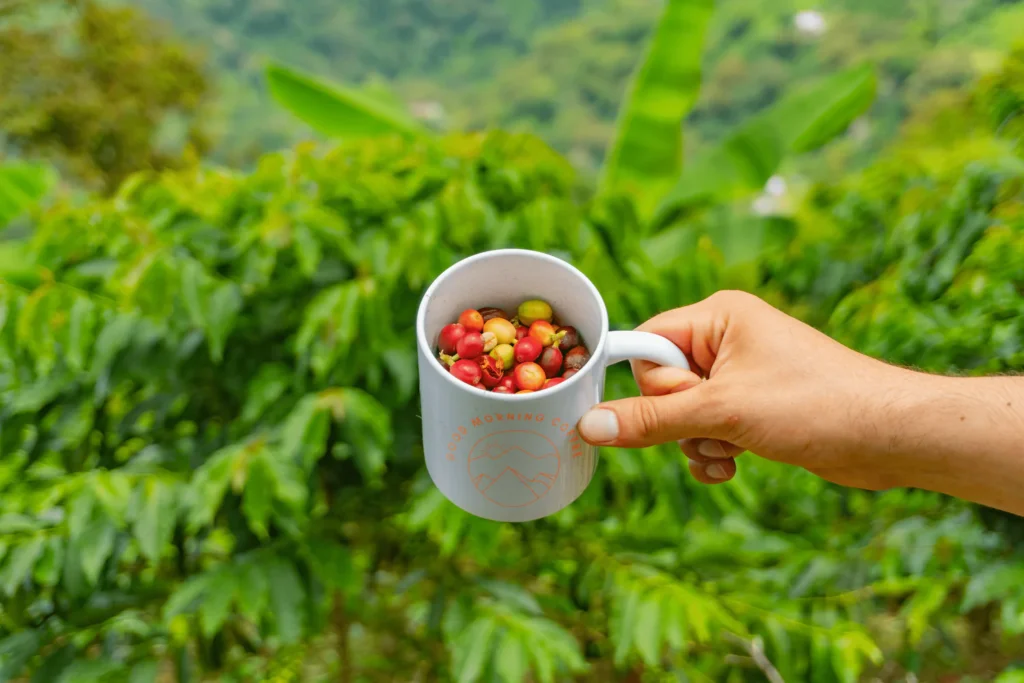

20 Responses